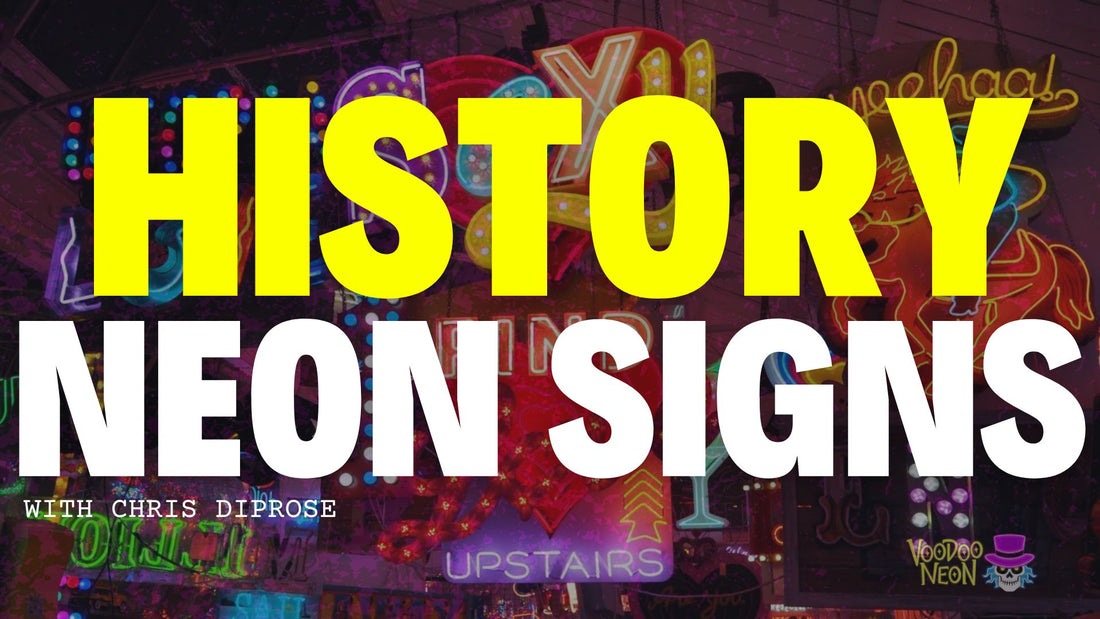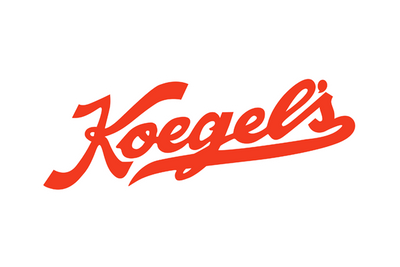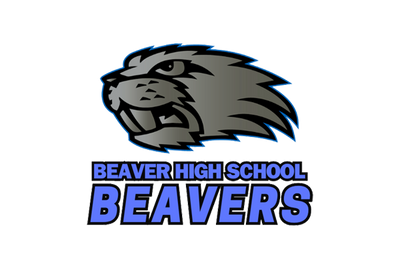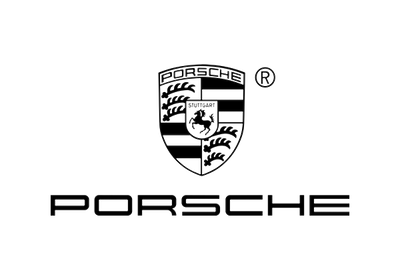
The History of Neon Signs
Chris DiproseShare
Humans have a century-long history of working with and using neon signs. Since the discovery of neon in 1898 and the subsequent inventions of neon signage, humans have been evolving and improving neon lighting.
In this post, I wanted to explore the history of neon and its evolution from a mystery gas to modern LED neon lighting.
- Neon was discovered in 1898 by two British chemists - Sir William Ramsay and Morris Travers.
- The neon light was invented in 1910 by George Claude.
- Traditional neon signs are created using glass tubes filled with various gases. An electric current is passed through the glass tube, producing a bright-colored light. One tube is one color.
- LED neon signs are made using LED lights
- The Golden Age of classic glass neon signs was from 1920 to 1960
- LED lights were invented in the 1990s
- LED neon flex was invented in the early 2000s
- Since the invention of LED lights, their brightness has steadily increased, and the price of manufacturing them has lowered.
The history of neon signs begins with the discovery of neon - let's dive in.
Neon – The Element of Light
Before we delve into the history of neon signs, we must understand, in brief, the element that makes them possible in brief: Neon.
I recently wrote a more in-depth post on this topic - read more interesting facts about neon.
The Discovery of Neon Gas
Neon is a colorless and odorless noble gas. It was first discovered in 1898 by British chemists Sir William Ramsay and Morris Travers. They found it while conducting experiments on liquefying air and separating it from other gases through fractional distillation. This process led to the isolation and discovery of three new gases: Neon, Krypton, and Xenon.
'Neon' is derived from the Greek word 'neos,' which means new gas.

The Emergence of Neon Lighting
Once neon had been discovered, other scientists quickly started testing it to determine whether it had any worthwhile uses.
The Advent of the Neon Sign: Georges Claude's Invention
Here is where French engineer Georges Claude entered the topic. He found that when an electric current is passed through neon gas enclosed in a sealed glass tube, it emits a bright red and orange light.

George Claude's company, Claude Neon, played a pivotal role in commercializing neon lighting. Claude presented his neon lamps at the Paris Motor Show in 1910, wowing the audience and paving the way for the commercial use of neon signs.

The Rise of Neon Signs
With Claude's invention, the era of commercial neon signage began. They were being made and sold around the globe.
The first neon sign in the United States was erected in 1923 at Packard Motors, a car dealership in Los Angeles.

The popularity of neon signs in America skyrocketed in the 1930s.
Here is some posts I've written about famous neon signs in New York, Las Vegas, and Chicago.
Images of Classic Neon Signs from around America



Welcome to Las Vegas sign needs no introduction

El Cortez Hotel neon sign - this should be in the neon museum its so beautiful
The Evolution of Neon Signs
The early neon signs consisted of lettering only, on a simple background, and nearly always in red.
As time progressed, glass bending and the techniques for making neon signs evolved. Glass tubes could be bent more tightly, and more colors could be produced by combining and using neon, xenon, krypton, helium, argon, and mercury vapor inside the neon tubes.
Companies with more complex signage needs could now create highly elaborate and colorful neon signs.
Here are the gas mixes for various colors in glass neon signs:
- Neon - produces a red-orange color.
- Helium - produces an orange color.
- Argon - produces a light purple color.
- Argon+helium - produces a golden yellow color.
- Mercury - produces a blue color.
- Krypton - produces a green color.
- Carbon dioxide - produces a white color.
Yet, more experiments discovered that fluorescent tube coatings on glass tubes produced an even greater range of color variants.
LED Neon Lights – A New Era
In 1962, Nick Holonyak, Jr. invented the first LED light (Light-Emitting Diodes). It took another eight years for the first commercial LED lamp to be sold. They were considered expensive, weak, low-efficiency, and only available in red.
For the next 22 years, little evolved in the space until, in 1994, a Japanese company founded by Shuji Nakamura produced high-efficiency blue and white LED lights. This invention sparked a huge investment in LEDs as their potential became evident as a form of low-power, high-lumen lighting.
Since then, LEDs have been evolving at a rapid pace.

This chart shows cost and brightness over time, illustrating incremental improvements in LED technology since the mid-1960s. With time, brightness increases, and the cost decreases.
The transition from traditional glass neon lighting to modern neon sign technology using LEDs has revolutionized the industry.
LED lighting is quieter, cheaper, and easier to maintain. Moreover, it comes in a wider range of colors and can be programmed to flash different colors, making it more attractive than traditional neon gas lighting.
How Modern Neon Signs are Made?
Modern neon signs - often called LED neon signs - they are made using LED neon flex, a flexible plastic tubing filled with small LED lights that can be molded into intricate and elaborate designs.
The LED flex is mounted to a rigid backboard, which adds rigidity to the sign and is the base.
The sign is then connected to a 12-volt transformer and plugged into a wall power outlet.

Examples of LED Neon Signs (We Created)
View the videos below, or see our massive neon photo gallery for hundreds of images.
The Future of Neon Signs
The history of neon signs is a testament to humans' inquisitive nature. Were it not for scientists taking an interest in the World around us, we would not have discovered neon, and were it not for experimentation and testing, we would not have invented neon signs. Now, through evolution, we have LED neon signs, the most vibrant and colorful form of advertising sign that has ever existed.
It was these inquisitive and inventive scientists that we now have this robust and vibrant neon signage that adorns almost every shop in the Western World.
I hope that this post has been informative. If you want to discuss getting a neon sign created just for you, please use this custom quote form to reach out to one of our consultants.

History of Neon FAQ
Who discovered neon gas?
Neon was first discovered in 1898 by British chemists Sir William Ramsay and Morris Travers. They found it while conducting experiments on liquefying air and separating it from other gases through fractional distillation. This process led to the isolation and discovery of three new gases: Neon, Krypton, and Xenon.
Who invented the neon sign?
Georges Claude, a French engineer, invented the neon light and displayed it at the Paris Motor Show in 1910. He found that when an electric current was passed through neon enclosed in a sealed glass tube, it emitted a bright red and orange light—and thus, the neon sign was invented.






